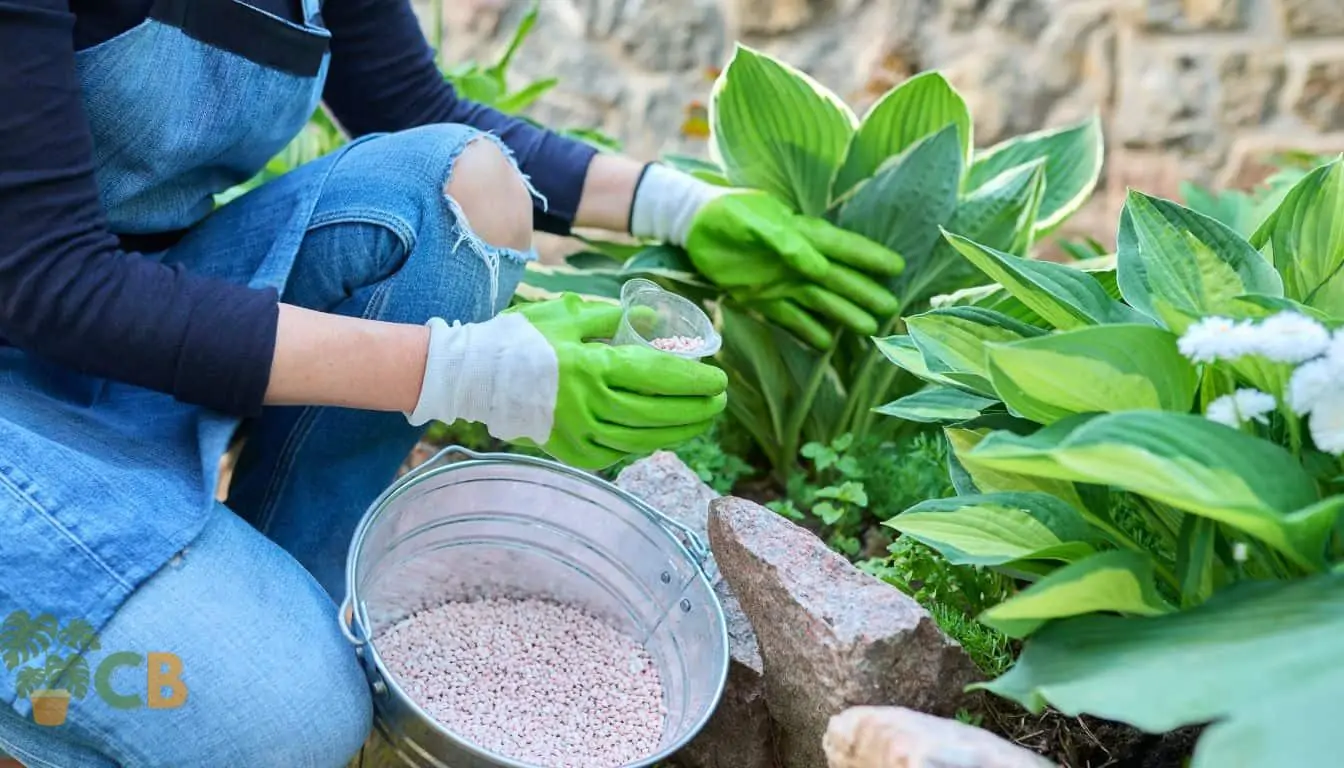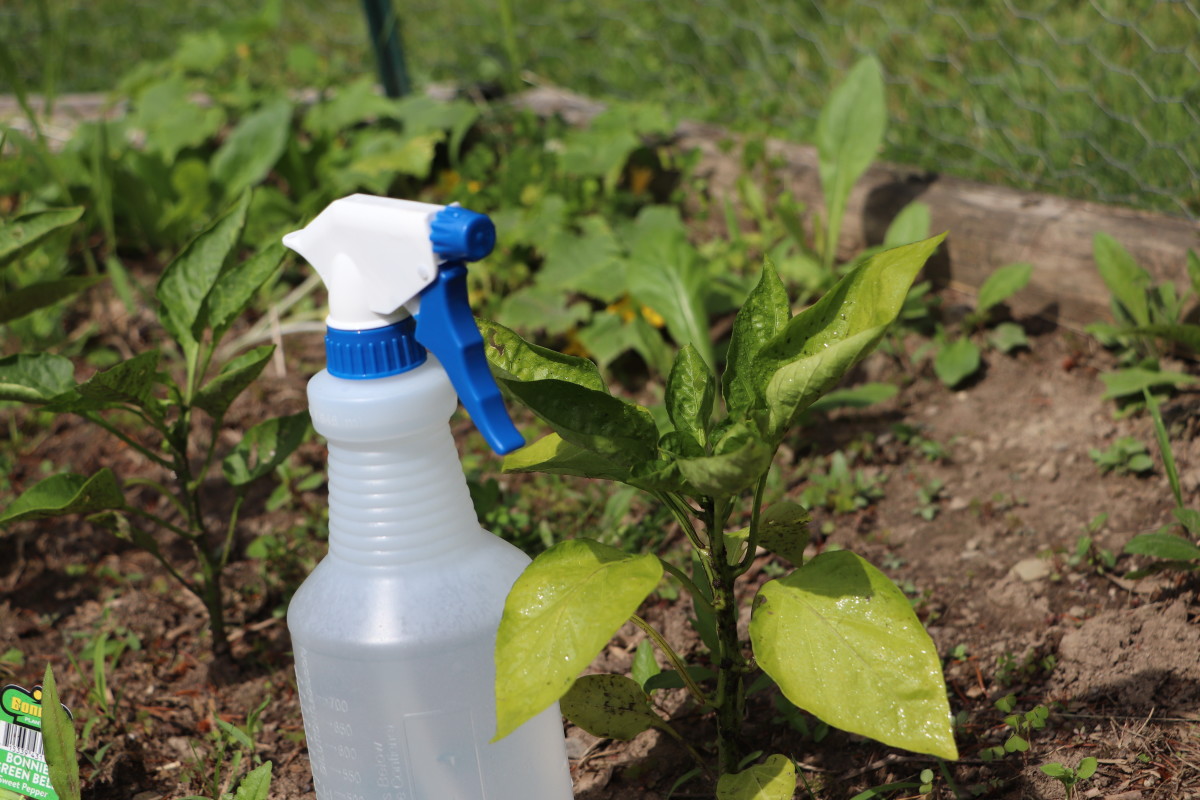Discover the Particular Plants That Are Adversely Impacted by Epsom Salt Application
Epsom salt, a popular home remedy for various gardening problems, is commonly applauded for its helpful impacts on plant development. Understanding the details plants that can be detrimentally influenced by Epsom salt is vital for any type of garden enthusiast looking to enhance their plant care routine.
Roses

Roses, specifically conscious modifications in their environment, can be adversely affected by the application of Epsom salt. While Epsom salt is commonly made use of as a fertilizer to promote plant growth and boost flowering, roses are just one of the plants that do not react well to its application. The high magnesium content in Epsom salt can conflict with the uptake of other essential nutrients by the rose plants, causing shortages that show up as yellowing leaves or stunted development.

Tomatoes
While Epsom salt is frequently touted as a remedy for various plant issues, including blossom end rot in tomatoes, its application can lead to destructive outcomes if not used judiciously. Excessive Epsom salt, which is magnesium sulfate, can interrupt the delicate nutrient equilibrium required by tomatoes, possibly leading to deficiencies in various other crucial nutrients like calcium. When thinking about the usage of Epsom salt on tomatoes, it is critical to adhere to suggested application prices and dirt testing to stop unintentional effects on the general health and performance of these cherished yard plants.
Peppers
Peppers, admired for their numerous shades and degrees of spiciness, can show vulnerability to unfavorable influences from Epsom salt when not used with treatment and factor to consider for their specific dietary demands. what plants don't like epsom salt. Peppers, belonging to the Solanaceae family, require a delicate balance of nutrients to flourish. While Epsom salt is known to enhance magnesium levels in plants, excessive application can interrupt this stability, bring about unfavorable results on pepper plants
When peppers are exposed to high degrees of magnesium from Epsom salt, it can hinder the plant's capacity to absorb various other important nutrients like calcium and potassium. This discrepancy might manifest in signs such as leaf staining, stunted growth, and decreased fruit production. Additionally, the too much magnesium can change the soil pH, more intensifying nutrient uptake issues for peppers.

Rhododendrons
Offered the level of sensitivity of specific plant varieties to imbalances triggered by Epsom salt, it is important to think about the impact on Rhododendrons, which additionally call for certain nutrient levels to thrive. Rhododendrons are acid-loving plants that like acidic soil problems with a pH variety in between 4.5 and 6.0. Epsom salt, chemically understood as magnesium sulfate, can modify the soil pH and interfere with the fragile equilibrium of nutrients important for Rhododendron health and wellness.

To preserve the wikipedia reference ideal development and find out health of Rhododendrons, it is essential to stay clear of the indiscriminate use Epsom salt and rather concentrate on offering the details acidic dirt conditions and nutrients that these plants need for growing.
Azaleas
Azaleas, recognized for their vibrant blooms and broad variety of shades, are decorative bushes that come from the Rhododendron genus. These preferred blooming plants are typically located in landscapes, parks, and gardens due to their appeal and adaptability. Azaleas are delicate to changes in soil pH degrees, which can substantially influence their development and overall wellness. While Epsom salt is typically utilized as a treatment for magnesium deficiency in plants, its application to azaleas can have adverse effects.
When Epsom salt is put on azaleas, it can change the soil pH, making it much more acidic. Azaleas choose a little acidic dirt problems, and an unwanted of magnesium from Epsom salt can interrupt this equilibrium, bring about nutrient imbalances and potential toxicity problems. The incorrect application of Epsom salt can result in stunted development, yellowing of fallen leaves, and total decline in the wellness of azaleas. It is essential to be cautious when thinking about the usage of Epsom salt on azaleas to stop any unfavorable consequences on these delicate ornamental hedges.
Verdict
To conclude, it is very important to be knowledgeable about the details plants that can be negatively affected by the application of Epsom salt. Roses, tomatoes, azaleas, rhododendrons, and peppers are some instances of plants that may not gain from Epsom salt and can also experience harm. It is important to research and understand the demands of each plant varieties before making use of Epsom salt as a plant food to guarantee their health and well-being.
Understanding the particular plants that can be adversely affected by Epsom salt is crucial for any type of gardener looking to enhance their plant treatment routine. While Epsom salt is commonly made use of as a fertilizer to advertise plant growth and improve flowering, roses are one of the plants that do not react well to its application.Excessive usage of Epsom salt can additionally result in an accumulation of salts in the dirt, leading to root damages and dehydration of the rose plants. While Epsom salt is known to enhance magnesium levels in plants, extreme application can interrupt this equilibrium, leading to adverse results on pepper plants.
The high salt content in Epsom salt can also dry out Rhododendron origins, creating more tension and damages to the plant. (what plants don't like epsom salt)